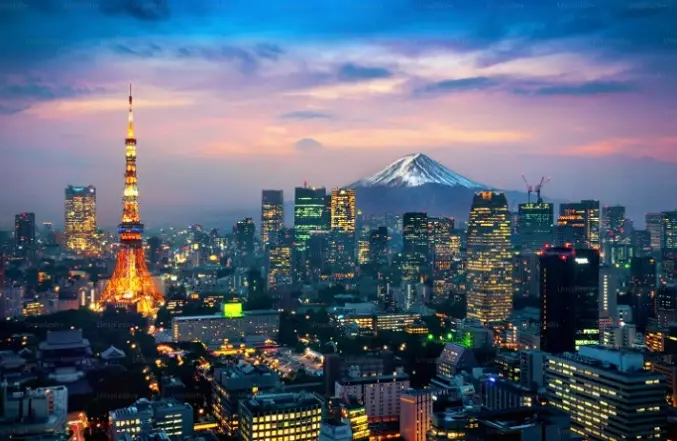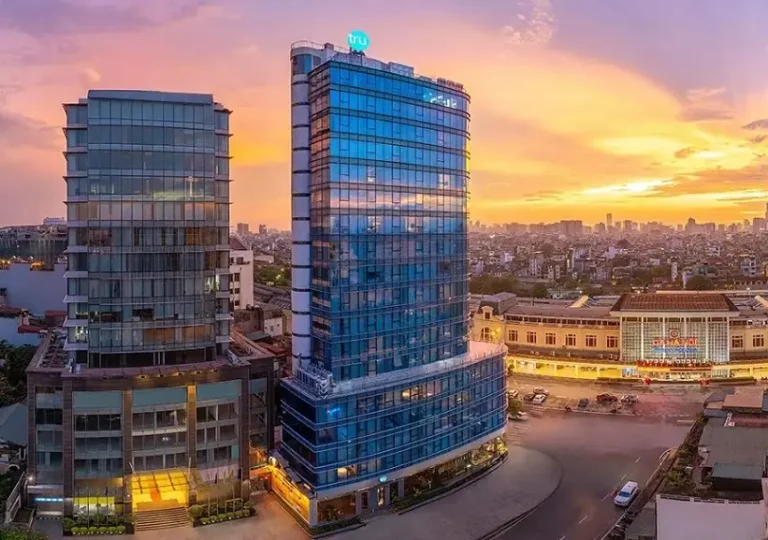
Bangkok Hotel News: In a dramatic reshuffling of global travel trends, Tokyo has dethroned Bangkok as the world’s most visited city, according to newly released data from the Mastercard Economics Institute (MEI). This seismic shift, largely driven by the ongoing depreciation of the Japanese Yen, has seen Tokyo surge past all other destinations to claim the top spot — a position Bangkok had held for nearly a decade.

Image Credit: Japan Tourism Agency (JTA)
The MEI’s “Travel Trends 2025” report reveals that while economic considerations are always part of the decision-making process for travelers, they are far from the only factor. Adventure, wellness, culinary pursuits, business commitments, and sporting events continue to fuel the wanderlust of millions around the globe. However, the lingering effects of geopolitical instability and financial uncertainty are causing consumers to become more cautious with their discretionary spending. Amid this volatile landscape, the travel industry has shown a unique resilience, particularly within the services sector, which appears to be weathering economic storms better than its goods-based counterparts.
Tokyo Surges Ahead While Bangkok Slips
What’s most noteworthy in this Bangkok Hotel News report is the dramatic rise of Tokyo and its neighboring city, Osaka, which now hold the top two slots among global summer destinations in 2025. MEI’s insights, derived from OAG flight booking data, show a clear uptick in interest for these Japanese cities, correlating strongly with the yen’s sharp decline in value over recent months.
While the yen has recently shown signs of slight recovery, the currency’s devaluation continues to make Japan an incredibly attractive destination for international travelers, particularly those from countries with stronger currencies such as the United States and parts of Europe. A vacation in Japan now provides more bang for the buck, and travelers are responding en masse.
In contrast, Bangkok’s fall to the third spot signals a change in regional tourism dynamics. While still immensely popular, the Thai capital is now facing stiff competition from Japanese cities that offer not only deep cultural experiences but also more favorable exchange rates.
Economic Forces and Evolving Motivations
The Mastercard report underscores that foreign exchange rates are only part of the equation. Tokyo’s popularity surge is not just about affordability — it’s also about infrastructure, safety, cleanliness, and a globally admired food and fashion culture. Similarly, Osaka is seeing increased attention for its mix of modernity and traditional charm.
Travelers are also increasingly driven by personal motivations: wellness retreats, eco-tourism, unique sporting events, and culinary adventures. This diversification of travel purposes is shifting the destination hierarchy in unpredictable ways.
Other emerging hotspots in the report include Palma de Mallorca in Spain, Rio de Janeiro in Brazil, and Nha Trang in Vietnam — all places offering either value for money, beachside appeal, or distinctive cultural experiences. Meanwhile, cities such as Reykjavik and Beijing are also trending upward as travelers seek out more unconventional and experience-rich locales.
Global Shifts in Cross-Border Travel Patterns
MEI’s data also highlights broader global shifts, such as a decline in travel from Europe and Canada to the United States. For instance, U.S.-bound flights from Western Europe were down 1.2% year-on-year in March 2025, while cross-border vehicle travel from the U.S. to Canada dropped a staggering 32%. These statistics hint at deeper political and economic undercurrents influencing international movement — including visa policy changes, inflation pressures, and regional political developments.
One standout in the report is Jeddah, Saudi Arabia, which made it into the top emerging global destinations due to relaxed travel regulations and heavy investments in tourism and infrastructure as part of the kingdom’s economic diversification plans. Tirana, the capital of Albania, has also seen a remarkable rise, particularly among European tourists, most notably Italians.
What This Means for Bangkok’s Tourism Sector
For Thailand’s tourism sector, this development should not be taken lightly. While Bangkok remains a cornerstone of Asian tourism, it may now need to evolve further to compete with Tokyo’s momentum. Currency dynamics aside, factors such as infrastructure, digital convenience, and refreshed branding could play a critical role in reclaiming the top spot. Tourism operators in Bangkok must also look closely at evolving traveler preferences — from wellness tourism to cultural authenticity — and adapt accordingly.
While the yen’s depreciation has been the catalyst for Tokyo’s rise, it is not the only ingredient in Japan’s success. Strategic investments in hospitality, transportation, and tourism marketing have clearly paid off. For Bangkok and other top-tier cities, this serves as a clear reminder that continuous innovation and economic foresight are essential in an increasingly competitive global travel market.
The current rankings reflect more than just numbers — they signal a change in how and why people travel, and which cities are best aligning with those motivations.
The Mastercard Travel Report 2025 can be found here:
For the latest on Travel and Tourism Trends, keep on logging to Bangkok Hotel News.






